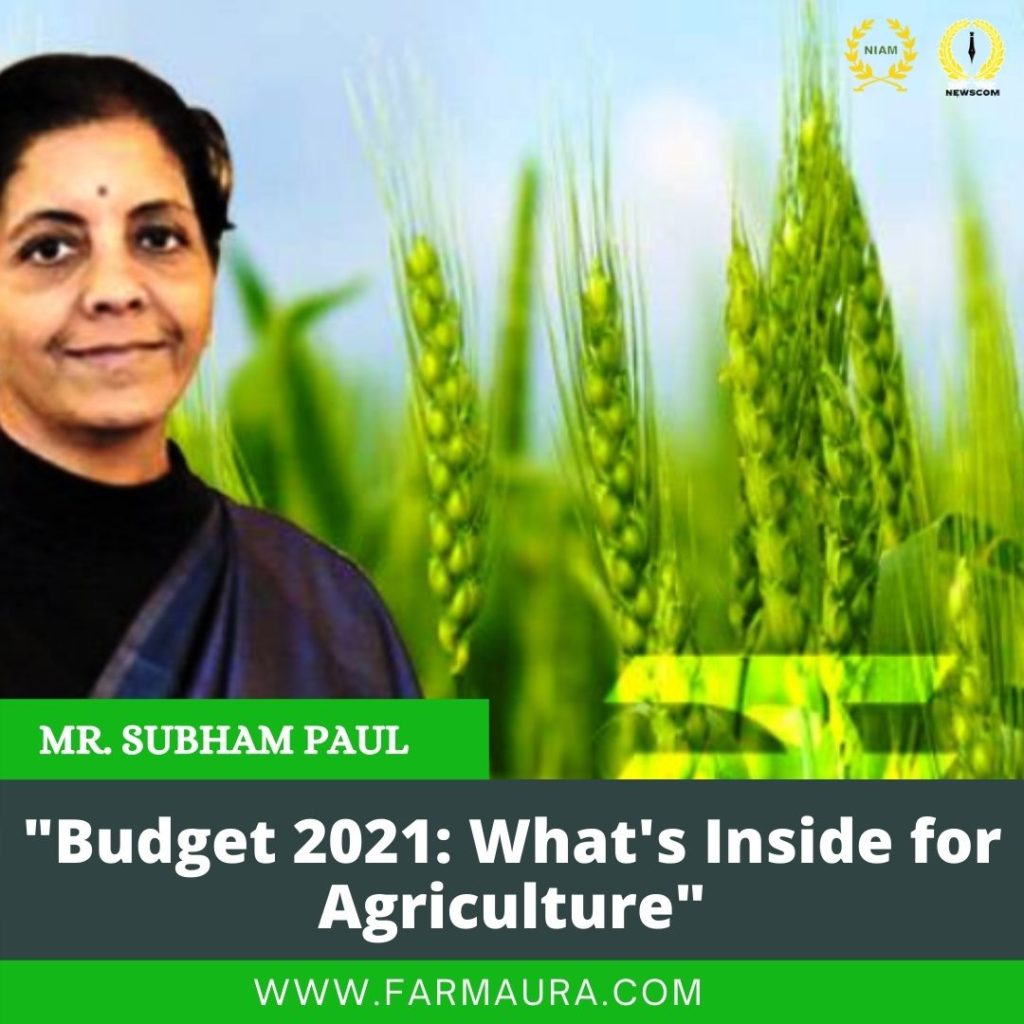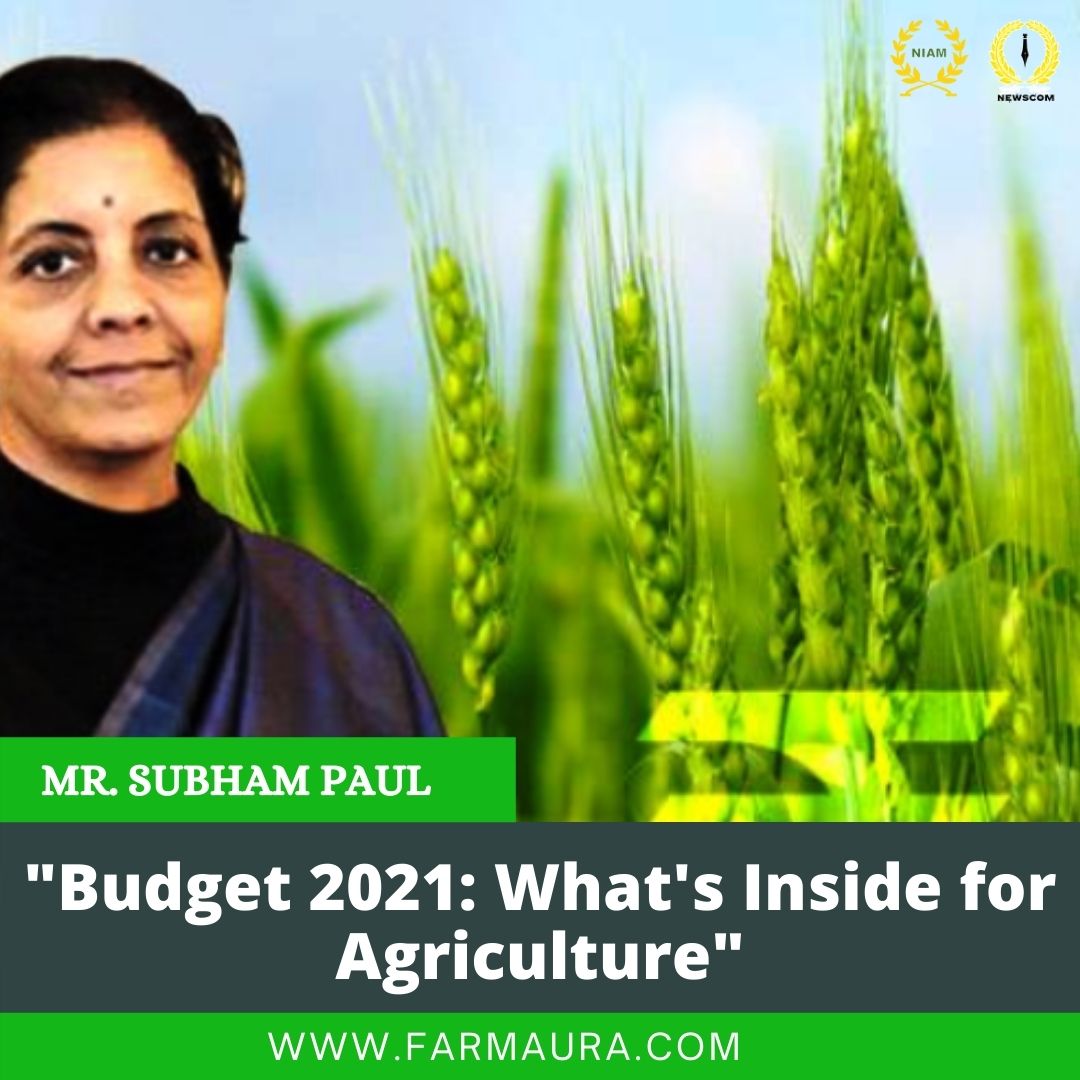
Article 112 of the Indian Constitution embodies the Annual Financial Statement that explicitly details estimated receipts and expenditure of the government for the financial year and depicts a perspicuous portrayal of the financial position of the Government of India. Colloquially, we refer to it as Budget or precisely the Union Budget of India.
On 1st February 2021, the budget was announced by the Honourable Finance Minister, Nirmala Sitharaman who made a historic move to go for a paperless budget amidst the raging pandemic by replacing traditional ‘Bahi-Katha’ or ledger with Made in India Tablet and paved the path for digital convenience with the launching of “Union Budget Mobile App” for hassle-free access of ‘Budget documents’ by Members of Parliament and citizens of the country. At this grim hour, where the entire world is engaged in combat against the baneful grasp of Covid-19 that has not only claimed umpteen innocent lives but has also crippled the world economies, the Budget 2021 assumes colossal significance as it strives to revive growth in the Indian economy amidst shrinking revenue streams and seeks to come back on the path of fiscal consolidation.
As the Indian economy contracted sharply and shrank by 24% and 7.7% in quarter 1 and 2 of 2020-21 with the manufacturing and services sectors being the worst hit due to lockdown measures, the farming sector however remained the persistent silver lining where it cushioned the shock of the pandemic on the economy with a growth of 3.4% at constant prices during 2020-21 (first advance estimates). The finance minister stated in her speech that the amount paid to wheat farmers has amplified by more than 121% and the amount disbursed to rice farmers witnessed a monumental increase of 170.23%. Similarly, disbursement to pulses and cotton farmers have also exhibited a prodigious rise of nearly 40 times amounting to ₹ 10,532 crores in 2020-21 from ₹ 236 crores in 2013-14 whereas cotton farmers received ₹ 25,975 crores in 2020-21 from ₹ 90 crores in 2013-14.
The government announced the utilization of ₹1 lakh crore as infrastructure fund for the infrastructure development of state-controlled mandis and stated that MSP regime has induced changes to assure prices at least 1.5 times the cost of production of all commodities wherein around ₹43.36 lakh wheat-growing farmers were benefited from procurement under MSP thus saliently reiterating its responsibility towards APMC and MSP. Further, 1000 more APMCs would be integrated with e-NAM. Besides the agricultural target has also been augmented to ₹16.5 lakh crore ensuring a consistent surge of credit flow to animal husbandry, dairy and fisheries sector.
The budget also propounded “Agriculture Infrastructure and Development Cess” in the panorama of enhanced remunerations to farmers as the budget exhibited its focus on Farm modernization. Keeping in view to provide benefits to domestic growers, the budget raised customs duty on cotton from zero to 10% and on raw silk and silk yarn from 10% to 15%. Moreover, Operation Green Scheme has been extended to 22 more perishable crops to boost value addition and Svamitva Scheme which aims to provide an integrated property validation solution has also been directed for implementation across India. Therefore, to quote the words of our Finance Minister, this budget will indeed witness the “dawn of a new era, where India is well-poised to be the land of hope and promise”.




